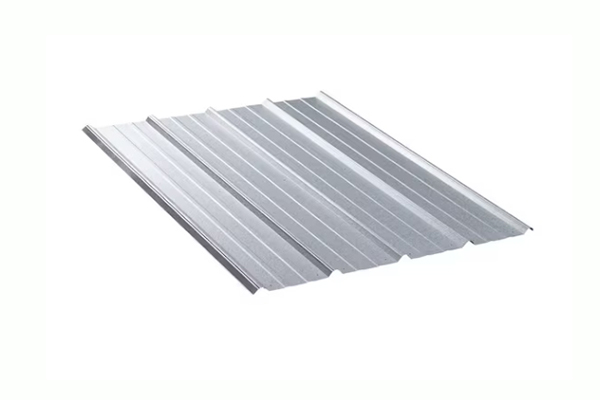When working with sheet metal for construction, roofing, or manufacturing projects, one of the first questions that comes up is: How thick is it? If you’ve encountered 29 gauge sheet metal, you might be wondering how it compares in actual measurements to other gauges. The answer depends on the type of metal, as different metals have different densities and thicknesses for the same gauge number. However, in most applications—especially in roofing—29 gauge refers to a specific thickness range that’s considered lightweight yet durable.
Understanding Gauge Measurement
The term “gauge” in sheet metal refers to a standardized numbering system used to indicate the thickness of the metal sheet. The higher the gauge number, the thinner the metal. For example, 22 gauge sheet metal is thicker than 29 gauge. This system originated in the 19th century and is still used today, although it can be confusing because it is not a direct metric or imperial measurement—it’s an industry standard table that converts gauge numbers into decimal thicknesses.

The Thickness of 29 Gauge Sheet Metal
For steel, which is the most common material for 29 gauge sheet metal, the thickness is typically 0.0141 inches (about 0.36 millimeters). In roofing and siding, this is a common standard for residential metal panels.
Here’s a quick reference:
-
29 gauge steel: ~0.0141″ (0.36 mm) thick
-
29 gauge galvanized steel: Similar thickness, but with a zinc coating for corrosion resistance
-
29 gauge aluminum: Slightly different thickness due to density differences, often around 0.014 inches
While the difference in thickness between gauges might seem tiny, in structural terms it matters. For example, 26 gauge steel is around 0.0187 inches thick, which is about 33% thicker than 29 gauge.
Where 29 Gauge Sheet Metal Is Commonly Used
Because it is relatively thin and lightweight, 29 gauge sheet metal is popular in:
-
Residential roofing – Many metal roofing panels, especially those for sheds, barns, and homes, are made from 29 gauge steel.
-
Siding panels – Used in pole barns, agricultural buildings, and garages.
-
Interior projects – Decorative wall panels, ceilings, and interior metal accents.
-
DIY projects – Easy to cut, bend, and install with basic tools.
Its lighter weight makes it easier to handle during installation, but it is still strong enough to withstand normal weather conditions in many regions.
Pros and Cons of 29 Gauge Thickness
Advantages:
-
Lightweight – Easier to transport and install.
-
Cost-effective – Thinner metal generally costs less than thicker alternatives.
-
Sufficient for moderate climates – Performs well where extreme winds or heavy snow loads are not common.
Disadvantages:
-
Less impact resistance – More prone to denting from hail or falling debris.
-
Not ideal for extreme weather – In areas with heavy snow, strong winds, or large hail, thicker gauges like 26 or 24 are recommended.
-
More flexible – Can oil-can (develop visible waviness) more easily than thicker metal.
Factors That Affect Performance Beyond Thickness
While thickness is important, other factors also determine how well 29 gauge sheet metal will perform:
-
Coating: Galvanized or painted finishes greatly extend lifespan by protecting against rust.
-
Ribbing/Panel profile: The shape of the metal panel adds rigidity and strength.
-
Installation quality: Proper fastening, underlayment, and sealing are essential for long-term durability.
Final Thoughts
In summary, 29 gauge sheet metal is typically about 0.0141 inches (0.36 mm) thick when made of steel. It’s a lightweight, affordable option well-suited for many roofing, siding, and decorative applications—especially where cost and ease of installation are priorities. However, in regions with harsh weather, you may want to consider thicker gauges for extra strength and resistance.
If you’re choosing between gauges for a project, remember: in sheet metal, a smaller gauge number means a thicker, stronger sheet, and even small differences in thickness can have a big impact on performance and longevity.
Post time: Aug-08-2025



